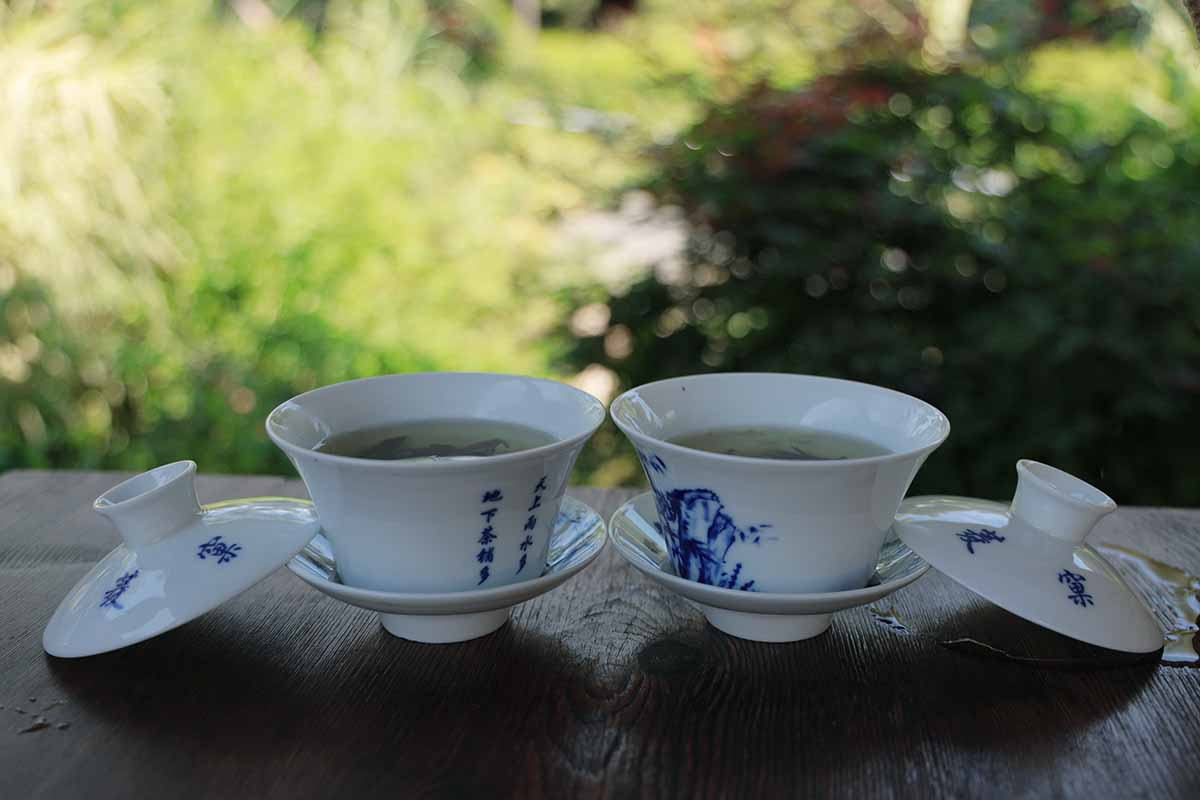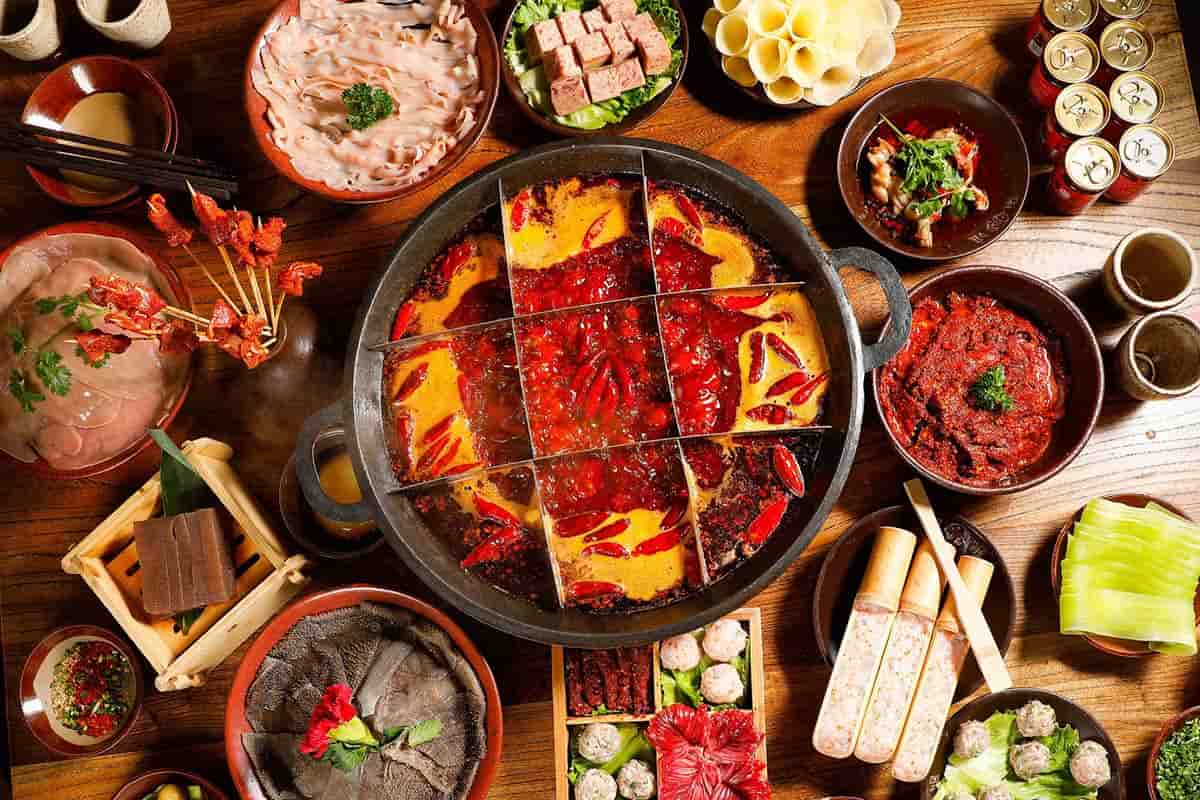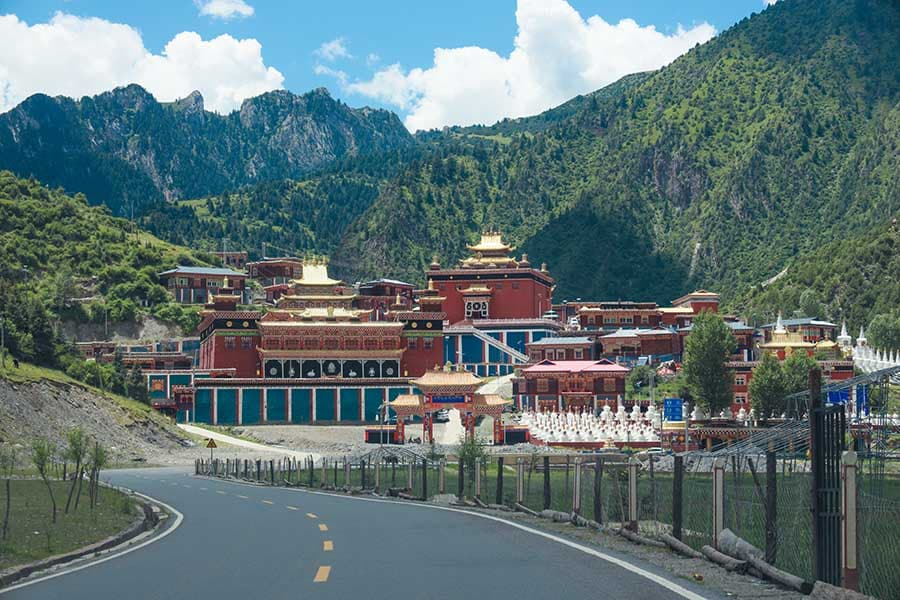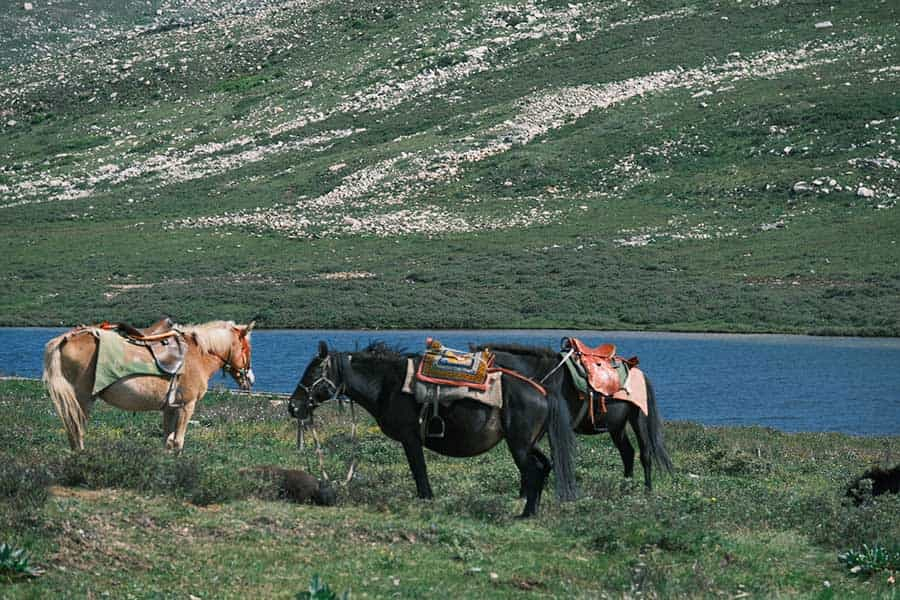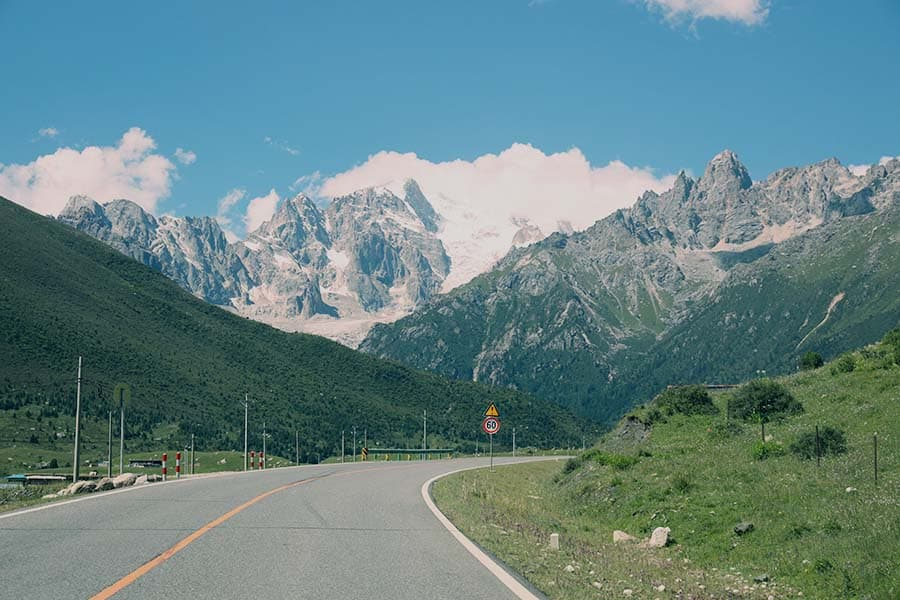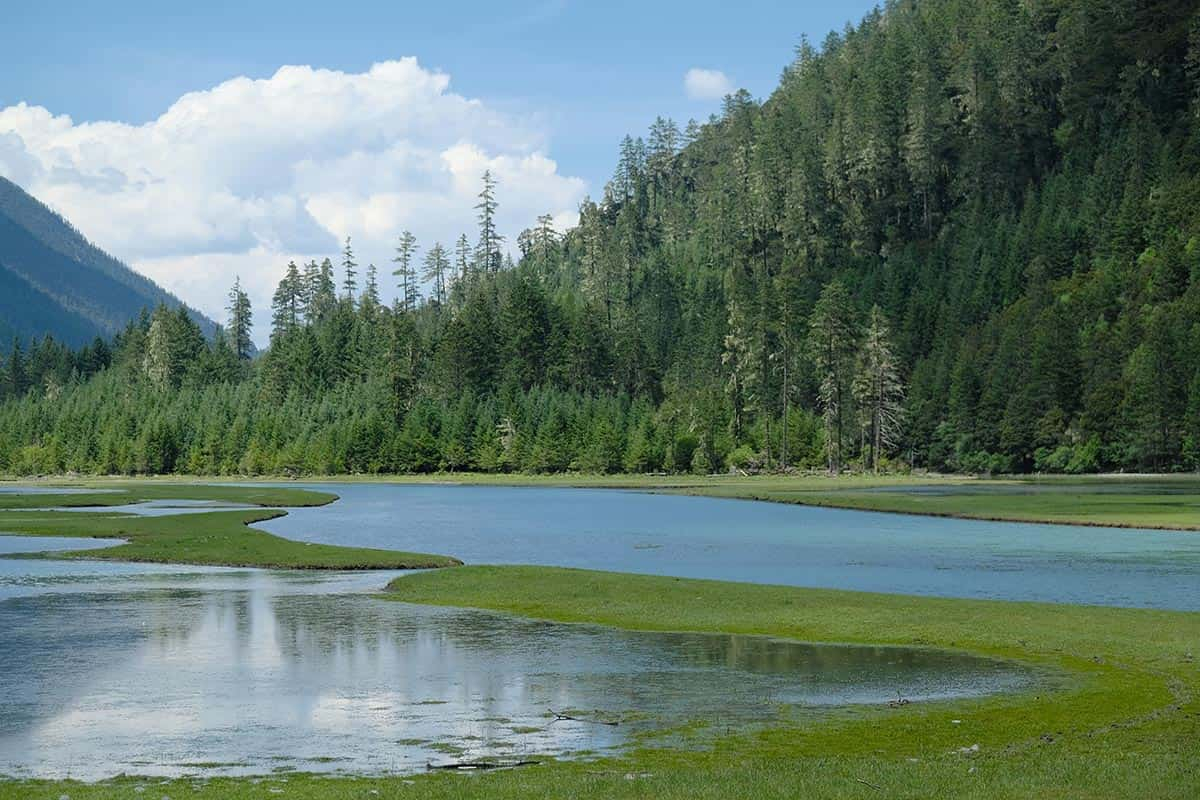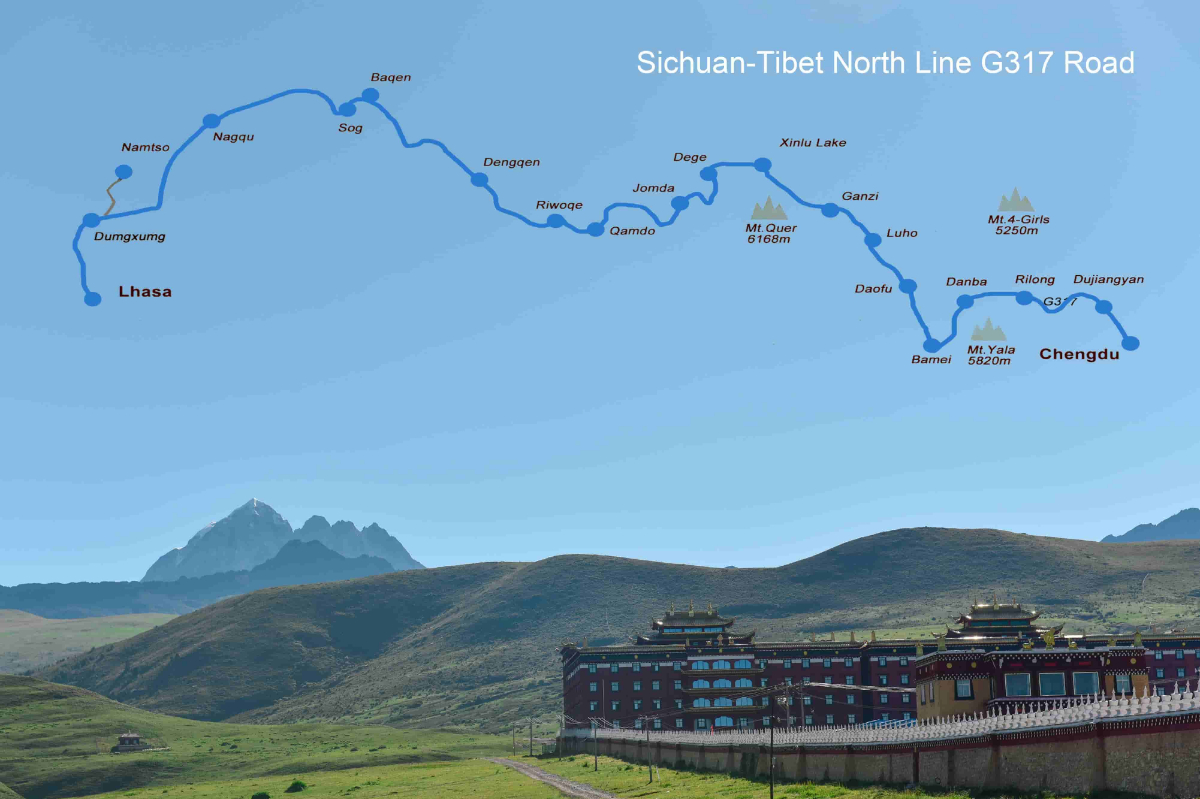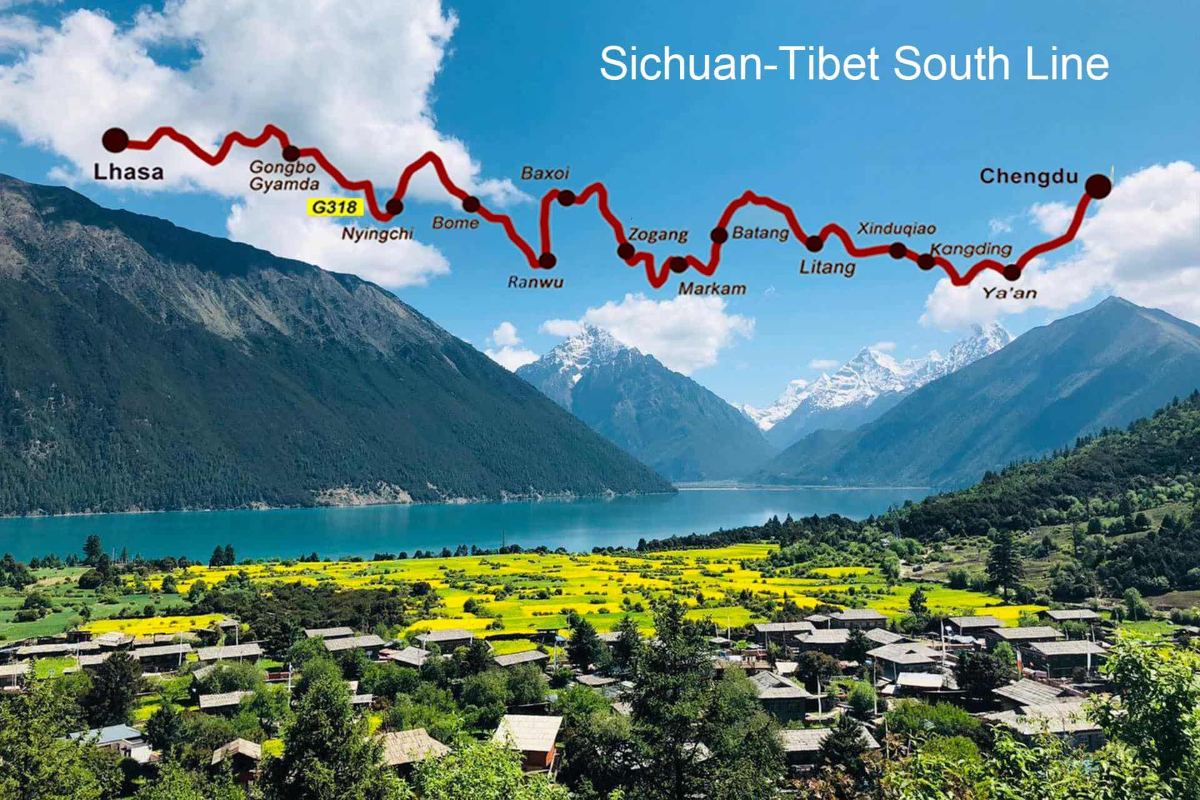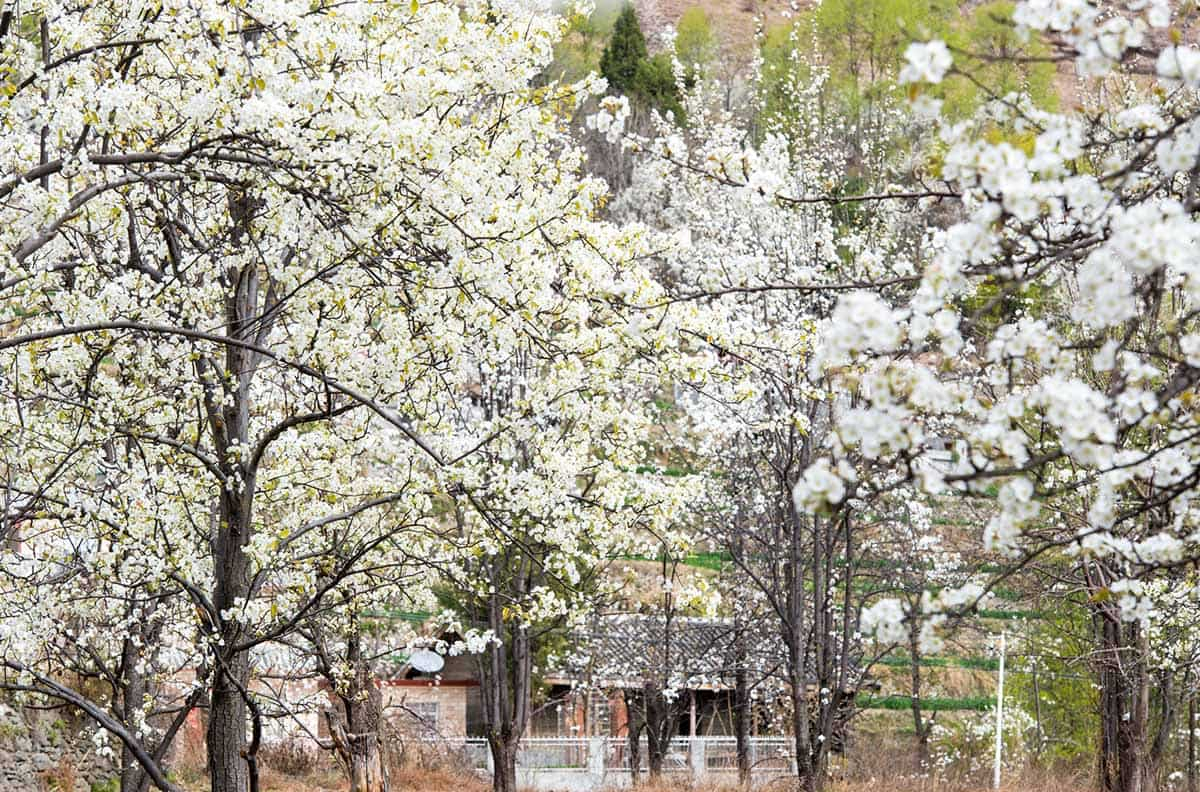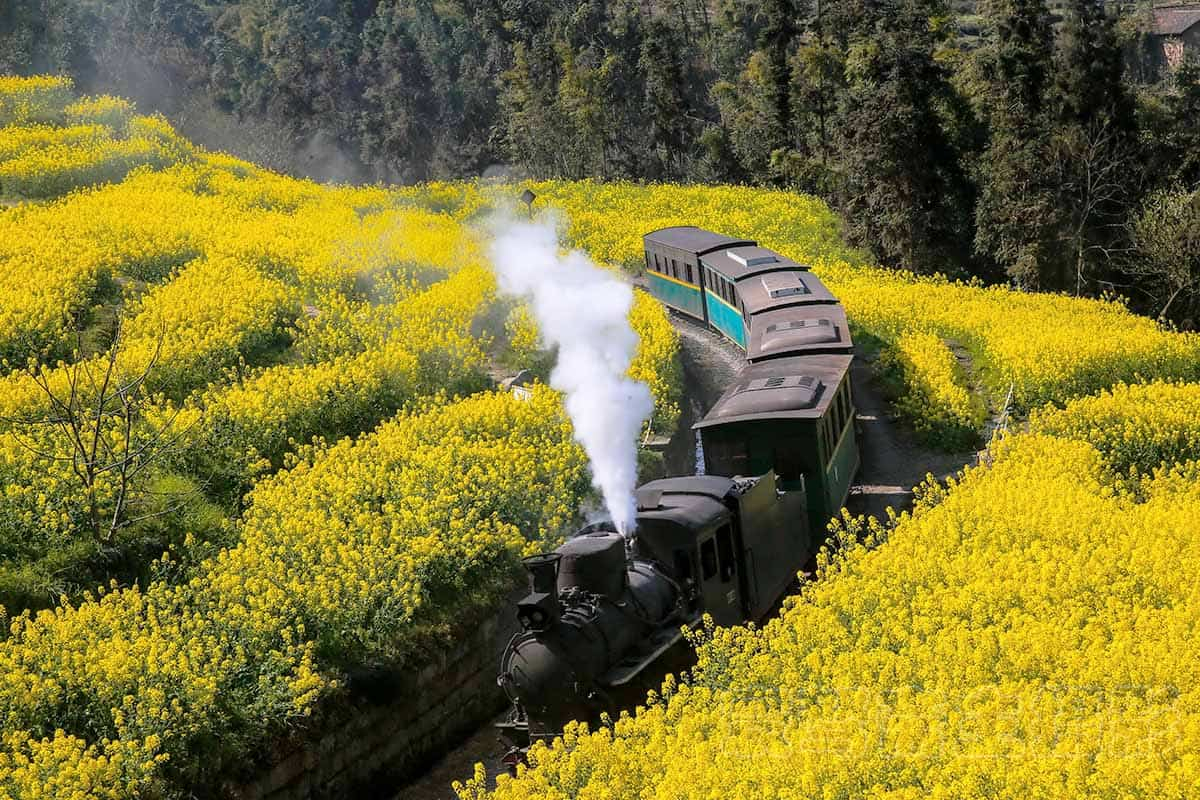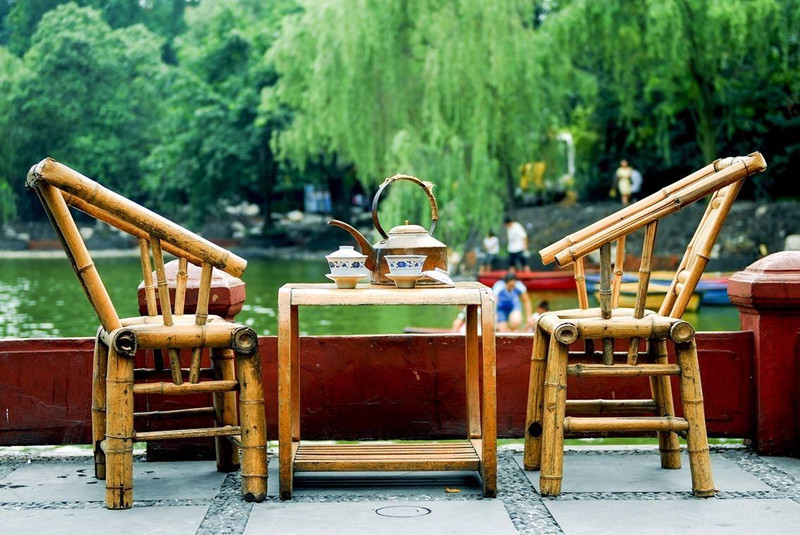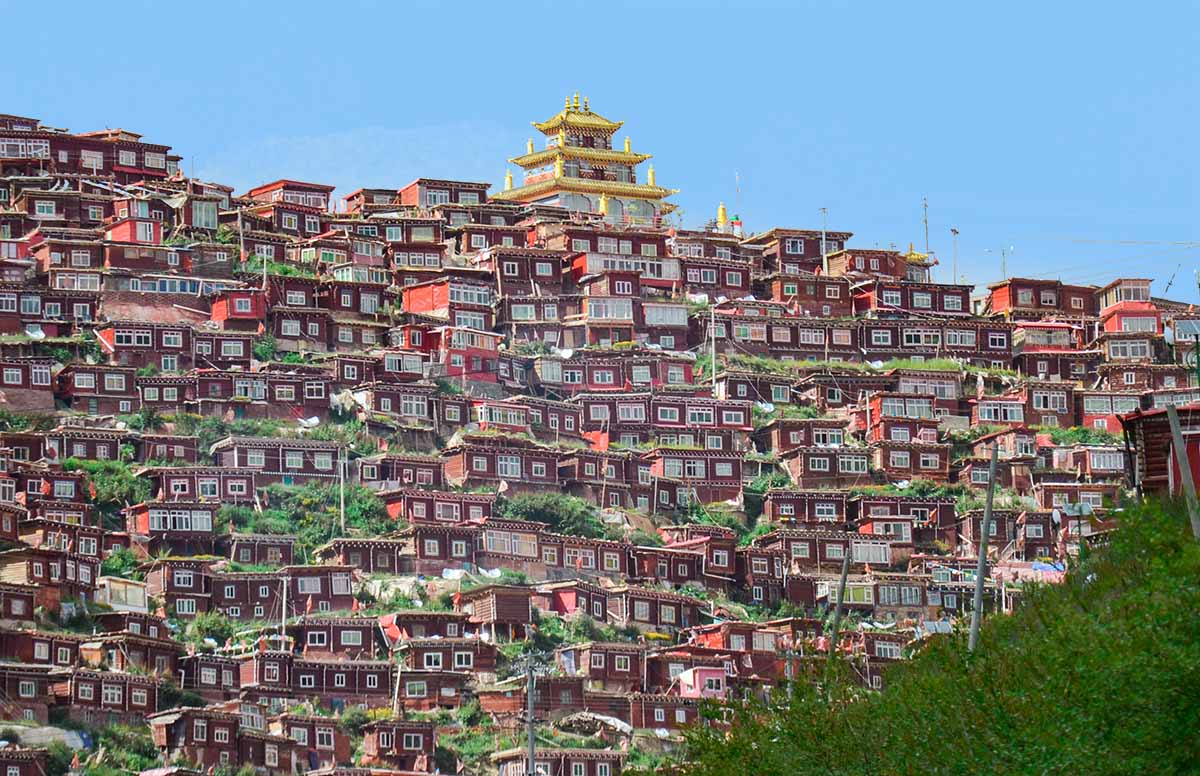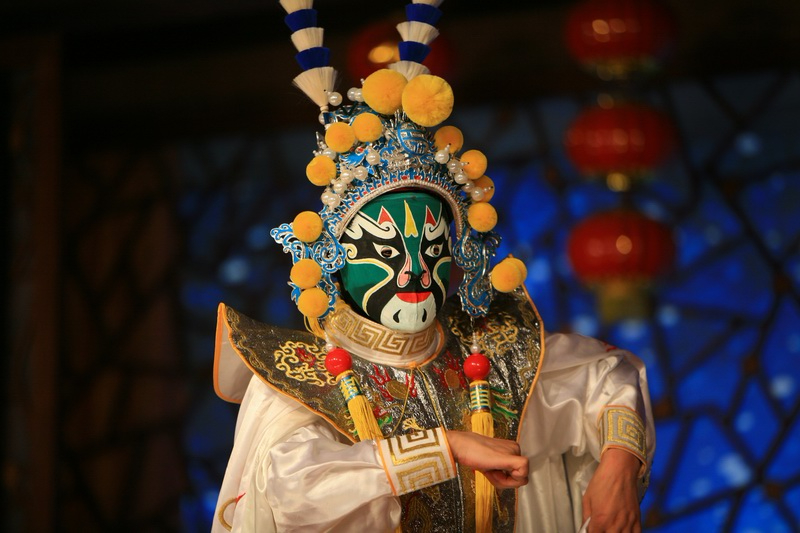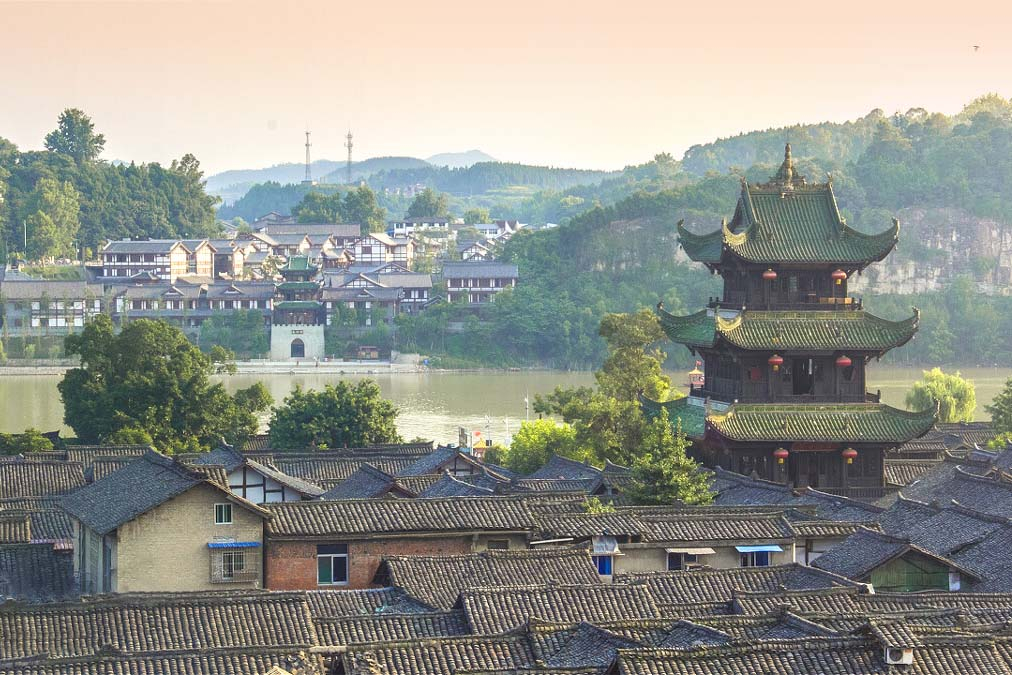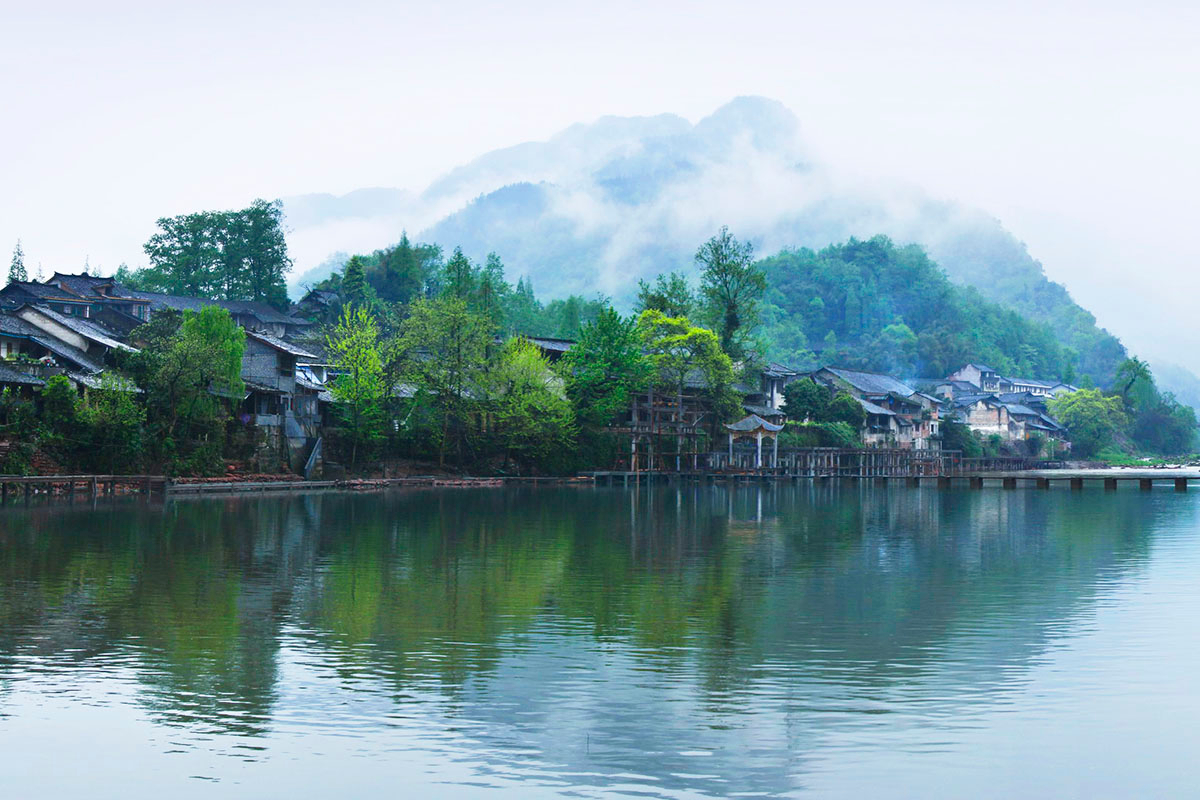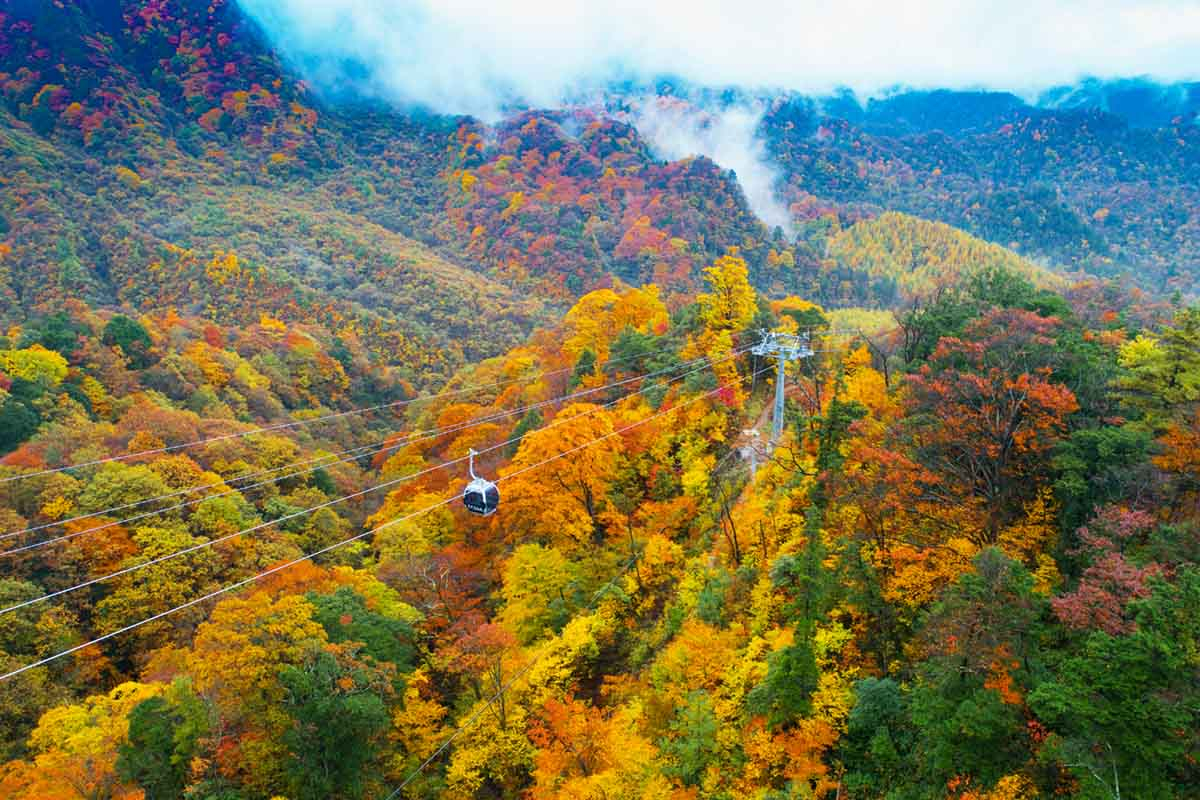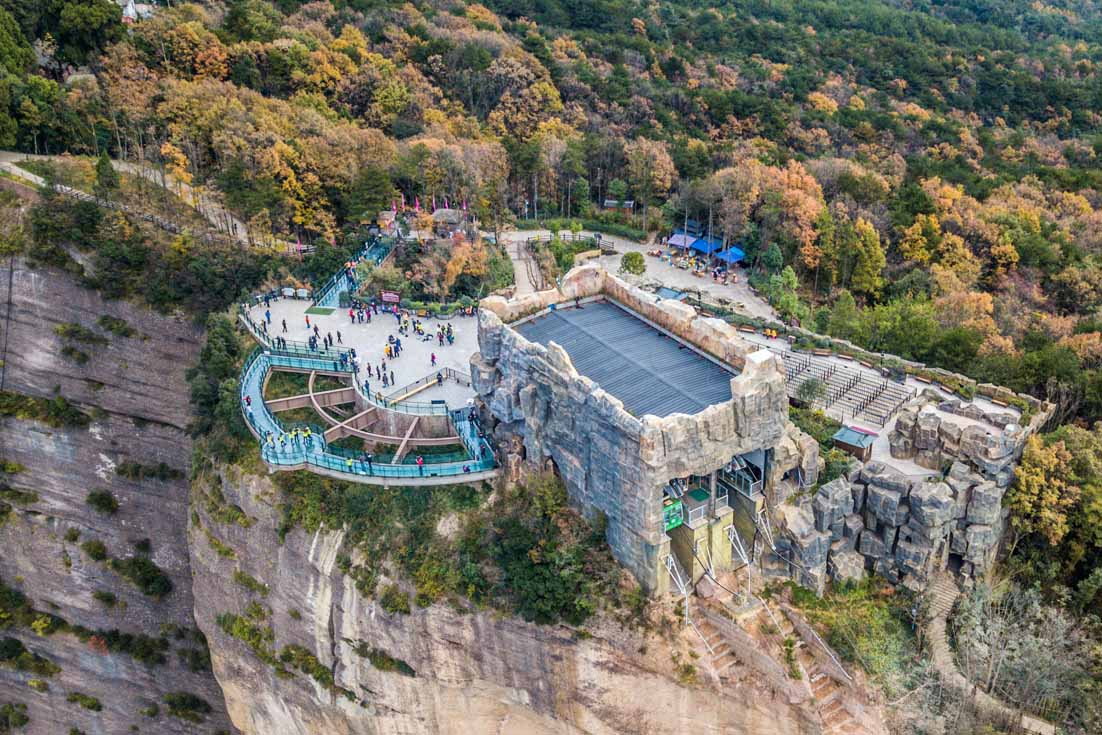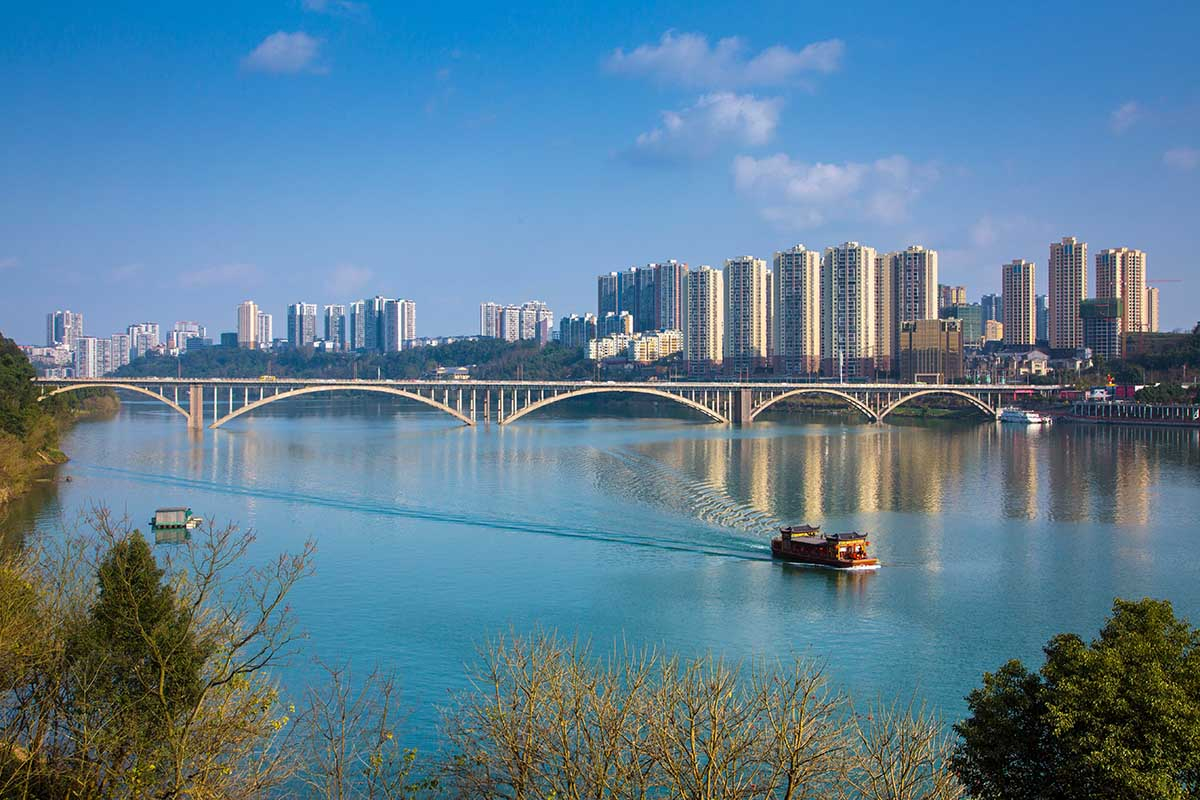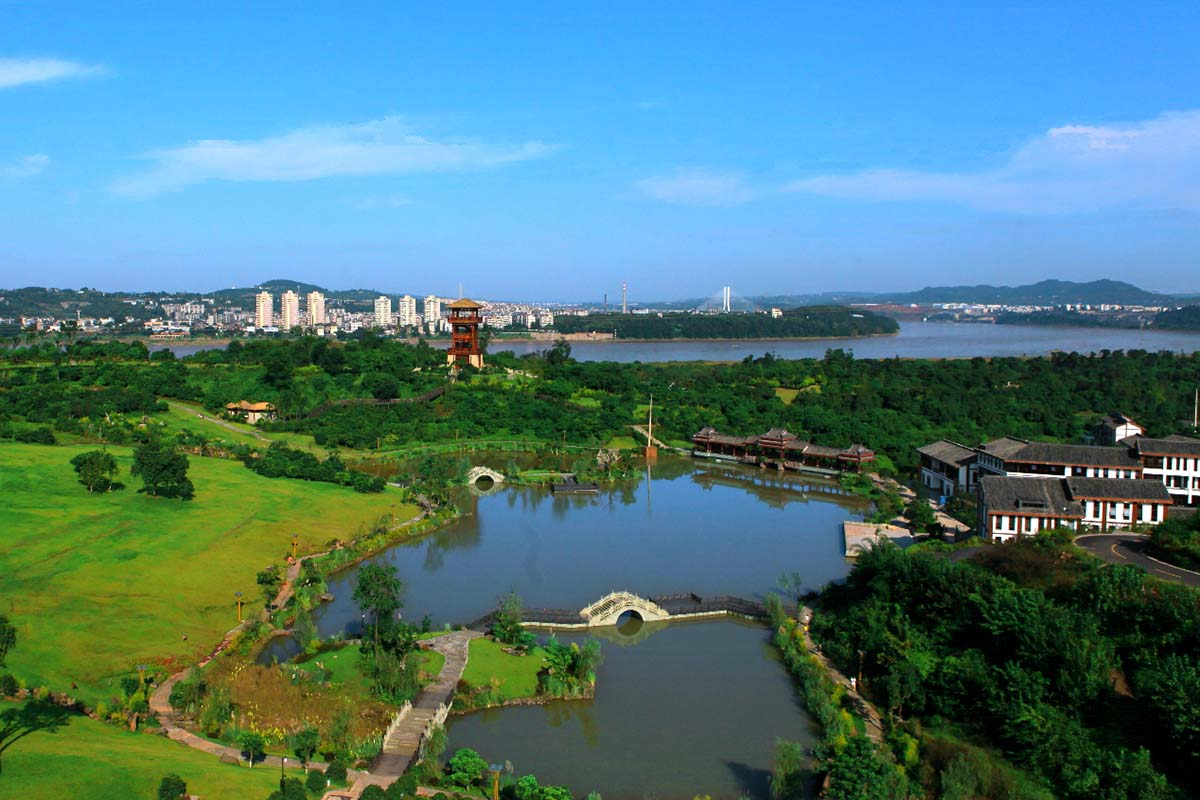Sichuan Leshan Travel Guide
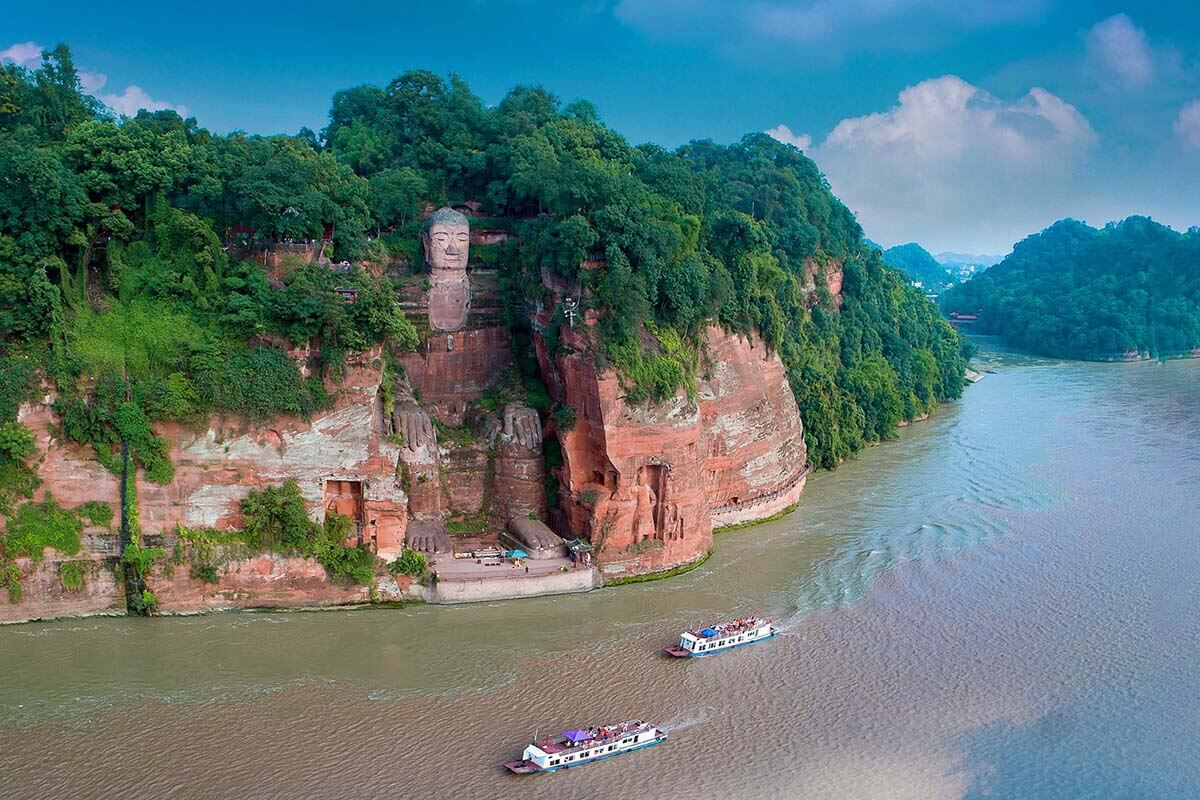
Leshan, a prefectural city under the jurisdiction of Sichuan Province, known as Jiazhou in ancient times, has the reputation of "Fragrant Country of Begonia".
Leshan is located in the central part of Sichuan Province, southwest of Sichuan Basin, the terrain is high in the southwest and low in the northeast, belonging to the subtropical climate zone. Leshan is an important industrial city in Sichuan Province, a central city in the southern part of Chengdu Economic Zone, an important hub city and an important transportation node and port city in Chengdu-Chongqing urban agglomeration. Chengdu-Kunming railway and Chengdu-Guizhou high-speed railway run through the whole territory. Three rivers converge in Leshan. Dadu River, Qingyi River flow into the Minjiang River at the foot of Leshan Giant Buddha.
Leshan is a national historical and cultural city. Leshan has three world class heritages - Mount Emei and Leshan Giant Buddha as world natural and cultural heritages, Dongfeng Weir as world irrigation engineering heritage, 15 national 4A level scenic spots and 35 national A level scenic spots. By the end of 2018, Leshan city has jurisdiction over 4 districts and 6 counties and administers 1 county level city. The total area is 12,720.03 square kilometers. The permanent population of Leshan city is about 3.16 million.
Leshan was once the capital of Kaiming Tribe of ancient Shu Kingdom. It has a history of more than 2,330 years. In the second year of King Wu of Qin State in the Warring States Period (309 BC), King Wu of the Qin State sent troops to the south and destroyed the rule of the former jurisdiction of Kaiming Tribe, establihed Nan 'an County, belonged to the Shu prefecture of the Qin State. From then, it has a history of 2,330 years.
● Top things to do in Leshan
Leshan city has 3 world class heritages, 10 national key cultural relics protection units, 4 state level non-material cultural heritages, 3 national scenic areas, 2 nature reserves, 2 wetland parks, 3 national forest parks, 1 national geological park, 1 mining park, 4 national water scenic areas, a total of 35 A level scenic spots including two 5A level scenic spots and thirteen 4A level scenic spots.
Leshan has 3 World Heritage sites: Leshan Giant Buddha, Mount Emei and Dongfeng Weir. The density of world class and state level tourism resources reaches 25 per 10,000 square kilometers, 3.6 times the average of Sichuan Province.
There are also a large number of undeveloped natural and original ecological scenic spots in Leshan, such as Mucheng Tree Fern Valley. It is a living fossil kingdom in nature. Leshan has 10 key cultural relics protected units in China: Leshan Giant Buddha, Mahao cliff tombs, Mount Emei ancient architecture group, Great Taoism Temple Feilai Hall(built in Song Dynasty 1298 AD), Yanggong’s Tomb(buily in the Three Kingdoms Period between 220 to 280 and rebuilt in the Southern Song Dynasty 1174 to 1189), Qianwei Confucian Temple, Qianfo rock grottoes, former residence of the contemporary literary giant Mr. Guo Moruo, Wuyou Mountain and Sanjiang Song Dynasty Pagoda. There are 41 provincial level cultural protection units and 79 municipal level cultural relics protection units, with a collection of more than 20,000 cultural relics, of which more than 2,600 are grade III or above.
● Leshan Food&Drinks
Leshan bean curd pudding
Leshan bean curd pudding is one of Leshan's specialty snacks in Sichuan province. It has the color, flavor and taste of deep red chili peppers paired with green coriander or celery.
Bobo Cold Pot
Originated from Leshan, is a characteristic snack of the local Han nationality, belonging to Sichuan cuisine. The crock pot(Bobo) is filled with spicy seasonings. After processing, dishes are made with sticks and strings, dried and cold soaked in seasonings of various flavors. Take it by yourself when you eat it.
Xiba Tofu
Xiba Tofu is a traditional dish of the Han nationality in Leshan, Sichuan province. Xiba tofu has a long history. It was introduced in the Eastern Han Dynasty and excelled in the Tang and Song Dynasties. It flourished in the Wanli Period (1573-1620 AD) of the Ming Dynasty, more than 400 years ago.
Sweet Skin Duck
Leshan people call it Brine Duck, using imperial cuisine technology from the Qing Dynasty. Discovered and improved by folk, its brine is distinctive, with reddish brown color, crisp and sweet skin, tender meat and pleasant aroma.
“Lift Foot” beef soup pot
“Lift Foot” beef soup pot has a history of more than 600 years, because when people eat at roadside stall, there is no stool to sit on, can only put foot on the table bar to eat. Later, it evolved into the one pot version of beef and veal, diners themselves boil offal, beef and vegetables in the soup pot.
Ye 'er ba steamed cake
It is wrapped in leaves is one of the traditional famous snacks in Leshan. It has a long history of development in Leshan.
● Leshan Transportation
Railways: Chengdu-Kunming railway, Chengdu-Mianyang-Leshan passenger line across Leshan.
Airport: Leshan is 150km away from Chengdu Shuangliu International Airport and 163km away from Chengdu Tianfu International Airport.
Expressways: there are 6 expressways with a mileage of 235 kilometers in the area. 15 ordinary national and provincial highways, 1,298 kilometers in the area.
Waterway: Leshan Port has tourist boats to Leshan Giant Buddha every day. Leshan Port also has access to Chongqing, Shanghai passenger ships.
● Leshan Weather
Leshan has formed a variety of climate types under specific geographical environment conditions. Because the region is located near 29° north latitude, the city is a subtropical climate zone, with the characteristics of four distinct seasons, abundant rainfall, water and heat in the same season, long frost free period.
The annual average temperature is between 16.5 and 18.0 degrees, the annual average frost-free period is more than 300 days, the annual average frost days are 4.2 to 9.4 days, and the annual average snowfall days are only 1.0 to 2.7 days. It is a high producing area for rice, wheat, oil, sugar, fruit, cotton and other agricultural and sideline products. Southwest mountainous climate vertical differences obviously, from the foothills to peak, in turn, with a warm temperate subtropical a complete of a cool temperate climate zone, climate condition is complex, is the development of the region comprehensive agricultural operation and stereoscopic agriculture area, is a grain of wood, tea, medicinal herbs and other crops, is also a valuable tourism resource. Influenced by the monsoon and the uplift of the terrain, the climate is humid and the rainfall is abundant.
The average annual precipitation in most areas is more than 1,000mm, Mount Emei is more than 1,500mm, and only Ebian and Jinkouhe areas are less than 1,000mm. There are seasonal changes in precipitation. The rainfall in summer and autumn accounts for about 80% of the whole year, and only 20% in winter and spring. The maximum annual precipitation in some areas is more than 2,000 mm.
- HOTEST
- RECOMMEND
